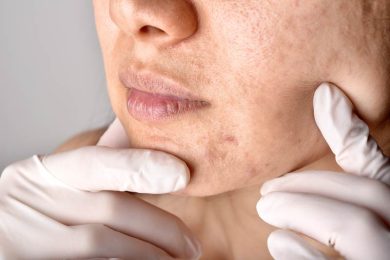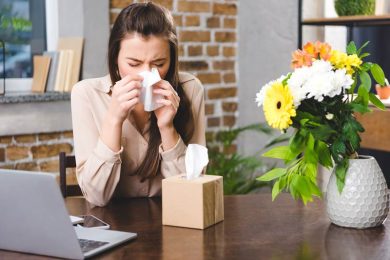What are Allergy Drops?

How Do Allergy Drops Work?
By introducing an allergic substance to your body in gradually increasing doses over time, you will eventually build up resistance to it. The immune system becomes less sensitive to the offending substance as the size of the dose is increased, leading to a reduction in the severity of your symptoms.
The first step involves identifying the allergen that is responsible for your symptoms. Your doctor or allergist will perform allergy skin testing to isolate the offending trigger. Once this is determined, an extract of the substance is prepared in drop form, which will be taken daily.
You will need to hold the drops under your tongue for two minutes before swallowing. It takes anywhere from three to five years for most patients to develop an immunity to the substance.
Who Benefits from Allergy Drops?
Those suffering from a range of allergies—including pollen, grass, animal dander, and dust mites—who don’t respond favorably to traditional treatment methods like decongestants and antihistamines are good candidates for allergy drops.
Advantages of allergy drops versus traditional immunotherapy include ease of use (patients can treat themselves at home as no needles are required) and decreased danger of side effects or allergic reactions.
What are Allergy Shots?
Allergy shots (subcutaneous immunotherapy) are the most common form of immunotherapy. They can be used as a long-term treatment for seasonal, indoor, and insect sting allergies.
Allergy shots are recommended for anyone whose symptoms are not well controlled through medications or those that want to reduce their long-term use of medications.
How do Allergy Shots Work?
Allergy shots work by getting your body used to the allergen slowly, with the hopes that you will develop an immunity or tolerance to the allergen. The process takes place in two phases, the build-up phase and the maintenance phase.
The build-up phase involves a small amount of the allergen being injected into the upper arm once or twice a week for a few months. The dosage is gradually increased at each visit. The length of the build-up phase depends entirely on your body’s reaction.
Once you have reached the effective dose—typically the most you can handle without showing symptoms—the maintenance phase will begin. The dosage is no longer increased at each visit, and the number of shots is decreased. The maintenance phase involves one or two allergy shots once every week for three to five years.
What Can I Expect from Allergy Shots?
Allergy symptoms will not improve overnight; symptoms will typically improve over the first year of treatment and continue to improve over the next few years. The shots may even decrease symptoms for other allergens and prevent new allergies from developing.
What are the Risks of Allergy Shots?
Since allergy shots contain a substance you are allergic to, there are some risks involved. Swelling and redness usually develop at the site of injection but are quick to clear up. Sneezing, nasal congestion, and hives may develop as well as more severe reactions such as wheezing or chest-tightness. Anaphylaxis, the most serious reaction, rarely occurs.
These shots are administered in a supervised clinical setting in case a reaction occurs.



















